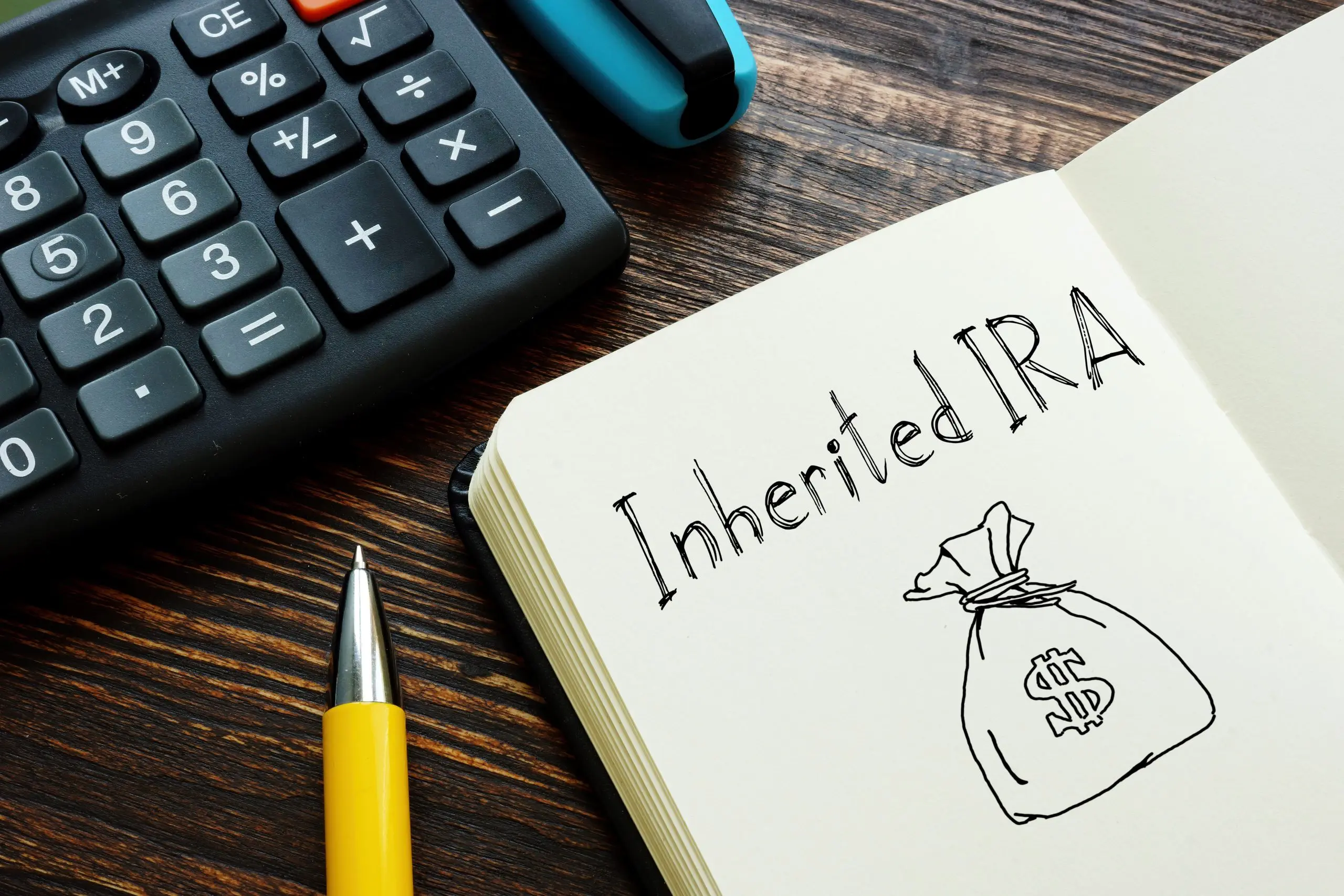Homeownership has long been a part of the American Dream. And based on the prices of homes and how quickly they are coming off the market, the dream is alive and well. According to the Federal Housing Finance Agency (FHFA), home prices have increased over 18% from Q1 2021 to Q1 2022. With steep home prices, some children seek financial assistance from their parents to afford the down payment or outright purchase of a home.
Several options are available if you are a parent looking to help your child purchase a home. Before deciding on the best way to help, determine how much help you wish to provide and how much control you want to maintain.
Below are four of the most used techniques parents use when helping children purchase a home.
1. An Outright Gift
Making a cash gift to your child to purchase a home or make the down payment on a home is the simplest way to give since it has the least number of strings attached. With a gift, there is no expectation of repayment from the recipient. Gift tax rules allow you to give your child up to $16,000 annually (called the annual exclusion amount) without filing a federal gift tax return (Form 709). If you are married, you and your spouse can each give your child $16,000 (or $32,000 in total) before filing Form 709.
If your child is married and you wish to stay below the annual exclusion amount, you can also gift their spouse an additional $16,000.
But what if you wish to give more than the allowable amount? Gifts exceeding the annual exclusion amount must be reported on IRS Form 709. This Form tracks the gifts you have given during your lifetime that have exceeded the annual exclusion amount. The good news is that even if you exceed the annual exclusion amount and must file a gift tax return, the likelihood is that you will not owe any gift tax. That is because, under current law, no gift tax is paid until the amount of gifts given during your lifetime exceeds a certain threshold (currently $12,060,000 for individuals and $24,120,000 for married taxpayers).
The benefits of an outright gift extend beyond simplicity. Doing so can help fulfill your child’s homeownership dream, provide your child with the tax benefits of owning a home, and reduce your taxable estate.
2. A Loan
A different way to assist your child would be to loan them the money for the down payment or purchase of the home. A loan allows you to support your child while instilling in them the responsibility of repaying the loan since there is an expectation of repayment over time. A loan should be formalized in writing. Terms should include the amount of the loan, the repayment terms, and the interest rate being charged and should be signed by all parties. The agreement should also include what happens if your child defaults on any payments.
The benefits to the parent include not having to buy the property themselves (if the child could not get a mortgage or afford a down payment), and the monthly payments they receive can be used to fund retirement (if needed).
If you do not need to be repaid at all, or there are times you do not wish to be reimbursed, those payments can be forgiven at your discretion. Depending upon how this is done, the money would be treated as a gift to the child. If the amount stays under $16,000 (or $32,000 for married filers), the gift will qualify for the annual exclusion amount, and no gift tax return would need to be filed.
This strategy provides flexibility for both parents and children since you can determine whether the funds are a gift or a loan as you go. One difference between a gift and a loan worth noting is that if it is considered a loan and the parents die before the loan is repaid, the balance owed is included in the parents’ estates.
3. Joint Ownership
The third option is to purchase a home jointly with your child. The amount you contribute to the purchase price can equal your percentage of ownership in the house. In this case, there is no gift or loan. This allows you to share in the appreciation of the home value and maintain a certain level of control.
This arrangement has more risks, including but not limited to sharing the home’s costs, the potential for disagreements over the care and maintenance of the house, and your acceptance of liability under the homeowner’s insurance policy. If your child takes out a mortgage for their share and you co-sign on that loan, that brings additional risks, including the potential impact on your credit if payments are not made timely. Also, there is always the question of how to handle things when one owner wants to sell their share of the home.
If you wish to opt for this method, we recommend discussing how to title the home with an attorney to ensure you understand all the risks and benefits.
4. Purchase a home and let the child live in the home
The final option is for individuals who wish for their child to have a home but are not comfortable with any of the previously mentioned options. You can purchase the house in your name and allow your child to reside in the home. You retain full responsibility for the costs of maintaining the home, set the terms of their living in the home (such as setting up a lease), and benefit from any price appreciation of the home. Owning the home yourself does increase your costs, which could be offset by charging your child rent. In that case, your child would be considered a tenant, and you would be viewed as a landlord. It would be wise to decide who is responsible for specific expenses typically paid by a landlord versus a tenant.
Each option described above provides a unique set of benefits and drawbacks. No matter which option you choose, it is vital that you have an open dialogue with your children, including children who may not be privy to the transaction, so everyone is aware of the consequences both while you are alive and thereafter.



